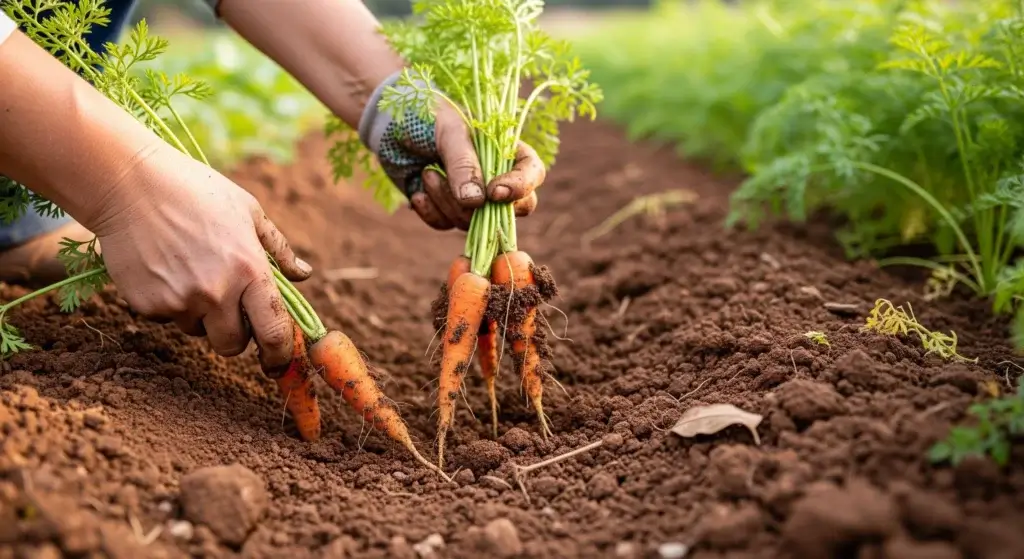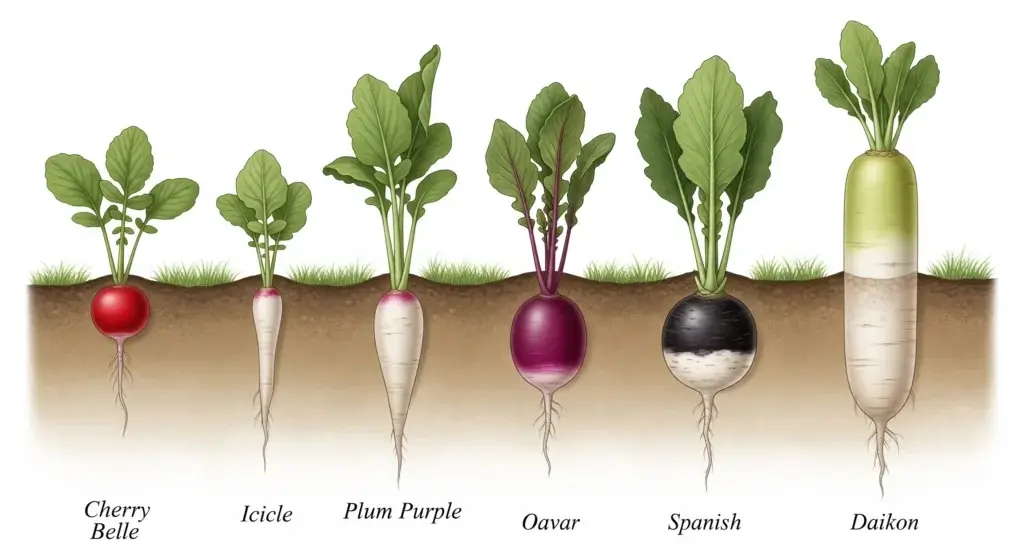
Unlocking the secrets to optimal spider plant care begins with the foundation – the right soil mix.
In this detailed guide, we explore the nuances of creating the perfect soil blend for your spider plant.
From steering clear of common mistakes to achieving the ideal pH level, and even venturing into homemade soil mix recipes, this comprehensive resource is your key to fostering the health and vitality of your beloved spider plant.
Let’s embark on a journey to enhance your green companion’s thriving ecosystem.
Can You Fill Your Spider Plant Planter With Any Potting Mix?
While the allure of using any potting mix for your spider plant may be strong, not all blends are created equal.
The key lies in the soil’s drainage capability to ward off root rot, a nemesis for spider plants.
Therefore, it is crucial to opt for a potting mix that facilitates easy escape from excess water, creating an environment where your spider plant can thrive without the risk of waterlogged roots.
Careful selection of the potting mix ensures a habitat that nurtures your spider plant’s health and vitality.
- Read also: Brown Tips For Healthy Spider Plants
- Read also: Hawaiian Spider Plant vs Spider Plant
What To Consider When Choosing Soil For Spider Plant?
In the quest for the perfect soil for your spider plant, it’s imperative to ponder over crucial factors.
Delve into the realms of drainage, aeration, and nutrient content as you navigate the landscape of soil selection.
A harmonious blend that balances these elements becomes the bedrock for your plant’s growth and development, providing the essential support needed for a thriving spider plant.
As you embark on this botanical journey, mindful consideration of these soil attributes ensures the ideal foundation for your verdant companion’s flourishing.
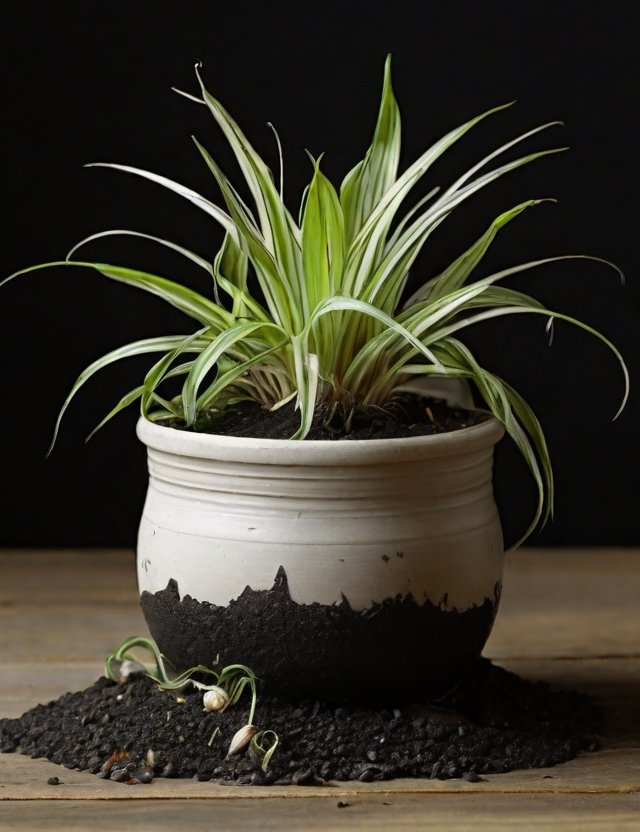
Are You Using The Wrong Soil Mix?
Detecting signs of a mismatched soil mix is pivotal in ensuring the well-being of your spider plant.
Look out for waterlogged soil, leaves turning yellow, or a musty odor emanating from the container – all red flags pointing to inadequate drainage and potential root rot.
These unmistakable signs serve as a diagnostic tool, signaling that your spider plant may not be thriving in its current soil mix.
Observant care and timely adjustments can steer your plant toward an environment that fosters growth and vitality.
What Kind Of Potting Soil Should You Use When Repotting A Spider Plant?
When undertaking the repotting journey for your spider plant, a well-thought-out choice of potting mix is paramount.
Opt for a blend that prioritizes drainage, such as a combination of peat moss, perlite, and a touch of organic matter.
This meticulously crafted mix creates an ideal haven for your spider plant’s roots, fostering an environment where they can flourish and thrive.
Elevate your repotting ritual with this tailored soil selection to ensure the continued vitality of your cherished spider plant.
What are the key components of a spider plant soil mix?
Embarking on the quest for an ideal soil mix for your spider plant unveils a strategic combination of key components, each playing a pivotal role in fostering growth and overall plant health.
Compost
Picture compost as the powerhouse within the soil mix, a rich source of organic matter that contributes a plethora of benefits to your spider plant.
From supplying essential nutrients to enhancing soil structure, compost stands as a fundamental ingredient supporting the plant’s growth and vitality.
Peat moss
Peat moss emerges as an indispensable component, enriching the soil’s texture and bolstering its water-holding capacity.
This resilient botanical ally not only provides vital nutrients for plant health but also creates a nurturing environment that aids in the retention of moisture—a critical factor in sustaining your spider plant’s well-being.
Perlite
The inclusion of perlite introduces a lightweight and porous element into the mix, fostering drainage and preventing soil compaction.
This airy companion ensures a well-aerated environment around the plant’s roots, safeguarding them from potential issues related to waterlogged soil.
Coconut coir
Enter coconut coir, a versatile component that strikes a delicate balance by retaining moisture while promoting aeration.
This dynamic duo creates an ideal growing medium for spider plants, ensuring that the soil remains consistently moist without sacrificing the crucial element of root oxygenation.
Vermiculite
Completing the ensemble is vermiculite, a mineral that plays a dual role in improving soil aeration and water retention.
This finely tuned addition contributes to the overall equilibrium of the soil mix, creating an environment where your spider plant can establish strong roots and flourish.
Orchid bark
Orchid bark steps onto the stage, introducing extra texture and aeration to the soil mix.
This dynamic addition enhances the overall structure, fostering a well-aerated environment crucial for the root system’s health.
The unique texture also aids in water distribution, creating a balanced moisture regime for the spider plant.
Worm castings
Enter worm castings, nature’s nutritious seasoning.
Rich in essential nutrients, worm castings serve as a gourmet treat for your spider plant, providing the sustenance needed for robust growth and vitality.
This organic amendment is a powerhouse of nourishment, contributing to the long-term well-being of your green companion.
Limestone
Limestone takes center stage to fine-tune the pH level of the soil mix.
Adjusting the pH to the ideal range of 6.0 to 6.5 is vital for promoting optimal nutrient absorption.
This careful calibration ensures that your spider plant receives the nutrients it craves, enhancing its ability to thrive in its cultivated habitat.
Potting soil
A well-draining potting soil forms the foundation, providing essential support for the spider plant’s roots.
This base layer serves as the anchor, creating a stable environment that complements the added components, facilitating root development and anchoring the plant securely.
Peat moss and vermiculite or perlite
The dynamic duo of peat moss and vermiculite or perlite reappears, contributing to the mix’s well-draining, nutrient-dense, and aerated characteristics.
Peat moss retains moisture, ensuring consistent hydration, while vermiculite or perlite adds to the soil’s airy structure, preventing compaction and fostering a thriving environment for the spider plant.
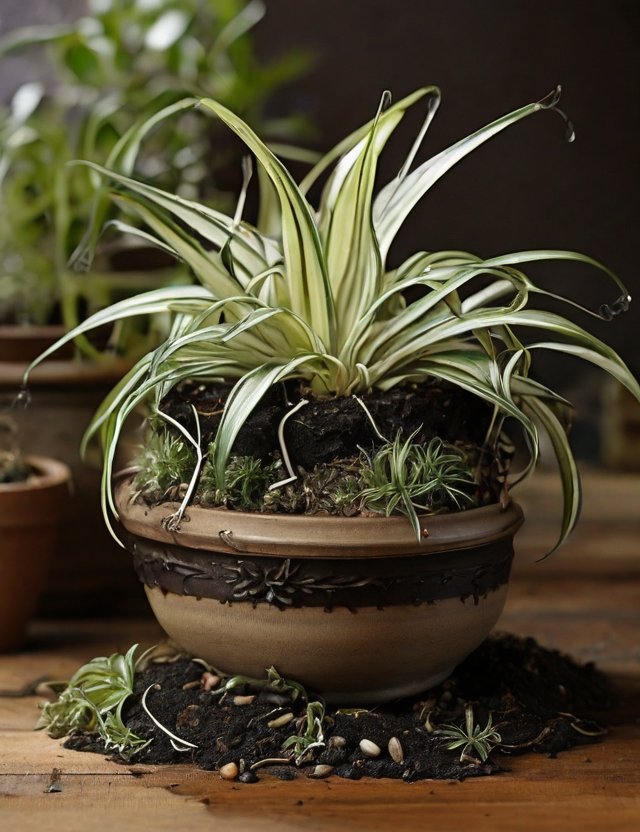
What Is The Ideal Soil pH Level For A Spider Plant?
In the symphony of spider plant care, the ideal soil pH level is a pivotal note that orchestrates the plant’s well-being.
Spider plants revel in a slightly acidic soil environment, and the sweet spot lies between a pH range of 6.0 to 6.5.
This carefully calibrated acidity creates a nurturing canvas for the plant’s roots, fostering optimal nutrient uptake and contributing to the overall health of the spider plant.
By maintaining this ideal pH level, you not only create an environment where your spider plant thrives but also ensure a harmonious melody of growth and vitality.
Can I grow a spider plant in the sand?
While the idea of utilizing sand for spider plant cultivation might seem tempting due to its drainage benefits, it’s advisable to refrain from using it as the exclusive growth medium.
Optimal growth for spider plants is achieved through a well-balanced soil mix where sand plays a supporting role in enhancing drainage.
The recommended approach involves incorporating sand into a diverse soil blend, ensuring that your spider plant enjoys the benefits of both improved drainage and a nutrient-rich environment.
Strike the right balance for a thriving spider plant by cultivating it in a thoughtfully crafted soil mix that harmonizes with its specific needs.
- Read also: Guide on How to Use Soil Conditioner
- Read also: Care Tips Hawaiian Spider Plant Care
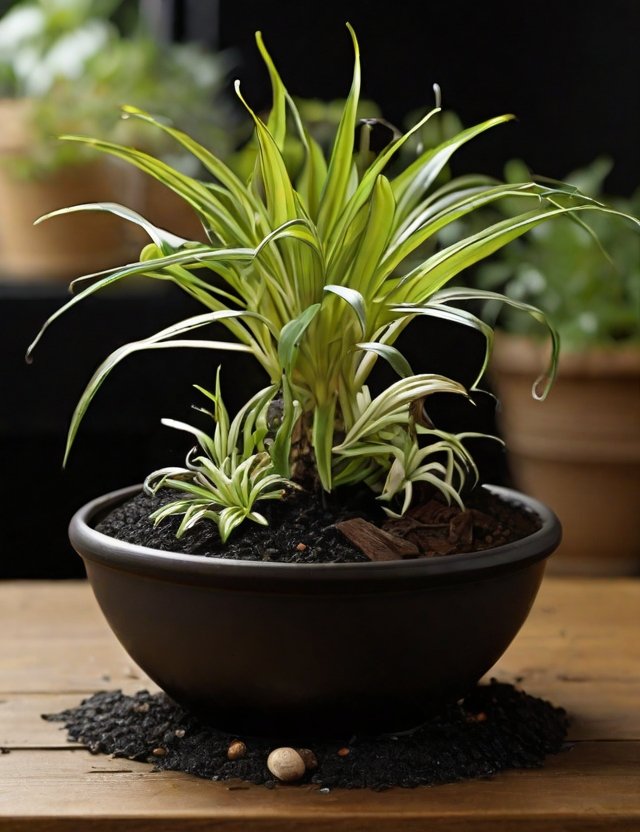
Conclusion
In the journey of spider plant care, the soil mix emerges as a cornerstone, influencing the plant’s vitality and growth.
Recognizing the significance of a balanced blend—rich in nutrients and with optimal drainage—is key.
By adhering to guidelines for crafting this ideal soil environment, you pave the way for your spider plant to not just survive but truly flourish.
Cultivate a thriving haven for your green companion through thoughtful soil care, and witness the vibrant bloom of a well-nurtured spider plant.
FAQs
Regular garden soil is often too dense for spider plants and may lead to overwatering. It’s best to use a well-draining potting mix specifically designed for indoor plants.
A balanced fertilizer can be beneficial, but it’s important not to over-fertilize. A nutrient-rich soil mix can provide adequate nutrition for your spider plant’s growth.

